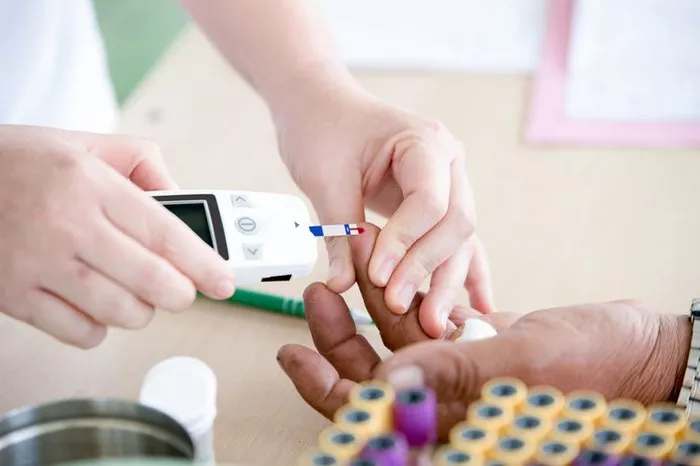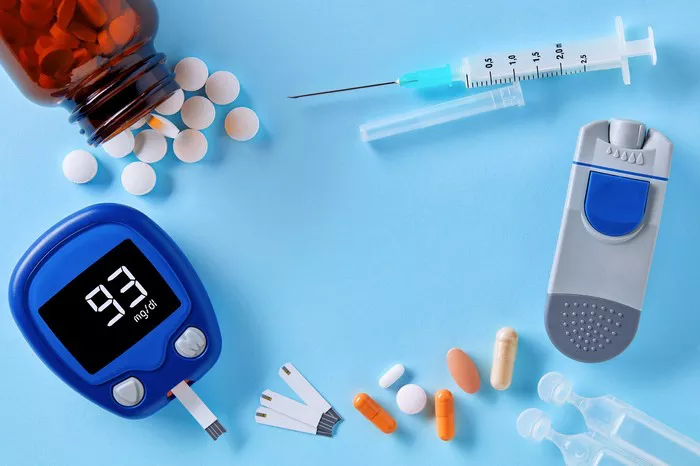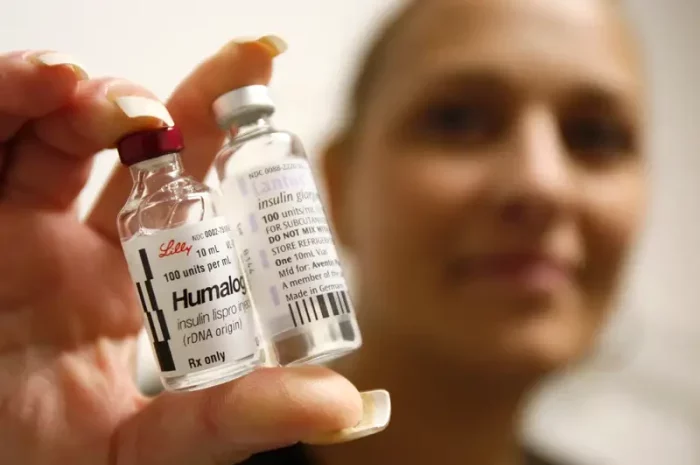Diabetes mellitus, a chronic metabolic disorder characterized by elevated blood sugar levels, poses a significant health challenge worldwide. Effective management of diabetes requires a multifaceted approach, including lifestyle modifications, oral medications, and, in many cases, insulin therapy. In this comprehensive article, we will delve into the types of diabetes for which insulin is used, the rationale behind insulin therapy, and the therapeutic considerations associated with its use.
Understanding Diabetes Mellitus
Diabetes mellitus encompasses a group of metabolic disorders characterized by hyperglycemia, resulting from defects in insulin secretion, insulin action, or both. The two primary types of diabetes mellitus are:
1. Type 1 Diabetes Mellitus: Formerly known as insulin-dependent diabetes or juvenile-onset diabetes, type 1 diabetes is an autoimmune condition characterized by the destruction of pancreatic beta cells, leading to an absolute deficiency of insulin. Individuals with type 1 diabetes require lifelong insulin therapy for survival.
2. Type 2 Diabetes Mellitus: Formerly referred to as non-insulin-dependent diabetes or adult-onset diabetes, type 2 diabetes is characterized by insulin resistance and relative insulin deficiency. While many individuals with type 2 diabetes initially respond to oral antidiabetic medications and lifestyle modifications, progressive beta cell dysfunction may necessitate the addition of insulin therapy to achieve glycemic control.
Types of Diabetes Suitable for Insulin Therapy
Insulin therapy is used for the treatment of various forms of diabetes mellitus, including:
1. Type 1 Diabetes Mellitus: Insulin therapy is indispensable for individuals with type 1 diabetes due to the complete absence of endogenous insulin production. Without exogenous insulin, individuals with type 1 diabetes cannot effectively regulate their blood sugar levels, leading to hyperglycemia, metabolic imbalances, and potentially life-threatening complications.
2. Type 2 Diabetes Mellitus: While many individuals with type 2 diabetes initially manage their condition with lifestyle modifications and oral antidiabetic medications, the progressive nature of the disease may eventually necessitate the addition of insulin therapy. Insulin therapy may be initiated when oral medications fail to achieve target blood sugar levels or when insulin resistance is severe, leading to inadequate glycemic control.
3. Gestational Diabetes Mellitus (GDM): Gestational diabetes mellitus is a form of diabetes that develops during pregnancy and is characterized by elevated blood sugar levels. Insulin therapy may be necessary for women with GDM who fail to achieve glycemic control through diet and exercise alone or who require pharmacological intervention to maintain target blood sugar levels during pregnancy.
4. Other Forms of Diabetes: In addition to type 1 diabetes, type 2 diabetes, and gestational diabetes mellitus, insulin therapy may also be used for the treatment of other forms of diabetes, such as maturity-onset diabetes of the young (MODY), latent autoimmune diabetes in adults (LADA), and secondary diabetes resulting from conditions such as pancreatic diseases or medication-induced hyperglycemia.
Rationale for Insulin Therapy
Insulin therapy plays a pivotal role in the management of diabetes mellitus by addressing the underlying insulin deficiency or resistance and helping to restore normal blood sugar levels. The primary goals of insulin therapy include:
1. Regulating Blood Sugar Levels: Insulin therapy helps to regulate blood sugar levels by promoting the uptake of glucose into cells, inhibiting glucose production in the liver, and facilitating the storage of glucose as glycogen in the liver and muscles. By mimicking the physiological effects of endogenous insulin, exogenous insulin helps to prevent hyperglycemia and its associated complications.
2. Preventing Acute Complications: Insulin therapy is essential for preventing acute complications of diabetes, such as diabetic ketoacidosis (DKA) and hyperosmolar hyperglycemic state (HHS), which can occur due to severe insulin deficiency and profound hyperglycemia. Prompt initiation of insulin therapy can help to correct metabolic imbalances and prevent life-threatening complications.
3. Preventing Chronic Complications: Long-term insulin therapy is crucial for preventing chronic complications of diabetes, including cardiovascular disease, neuropathy, nephropathy, and retinopathy. By achieving and maintaining target blood sugar levels, insulin therapy helps to reduce the risk of macrovascular and microvascular complications associated with diabetes mellitus.
Types of Insulin Used in Therapy
Several types of insulin formulations are available for therapeutic use, each with unique characteristics and profiles. The main types of insulin include:
1. Rapid-Acting Insulin: Rapid-acting insulin analogs, such as insulin lispro, insulin aspart, and insulin glulisine, have a rapid onset of action and a short duration of action. They are typically administered before meals to control postprandial blood sugar spikes.
2. Short-Acting Insulin: Short-acting insulin, also known as regular insulin, has a slower onset of action and a longer duration of action compared to rapid-acting insulins. It is typically administered 30 minutes before meals to control postprandial blood sugar levels.
3. Intermediate-Acting Insulin: Intermediate-acting insulin, such as NPH (neutral protamine Hagedorn) insulin, provides basal insulin coverage over an extended period. It is often used in combination with rapid-acting or short-acting insulin to provide both basal and prandial coverage.
4. Long-Acting Insulin: Long-acting insulin analogs, such as insulin glargine and insulin detemir, have a gradual onset of action and a peakless profile, providing basal insulin coverage throughout the day and night.
Therapeutic Considerations for Insulin Therapy
While insulin therapy is highly effective in controlling blood sugar levels and reducing the risk of complications associated with diabetes mellitus, it is not without challenges and considerations:
1. Hypoglycemia: Hypoglycemia, or low blood sugar, is a common complication of insulin therapy and can occur if insulin doses are too high relative to food intake or physical activity. Patients receiving insulin therapy should be educated about recognizing and treating hypoglycemia promptly.
2. Weight Gain: Insulin therapy is associated with weight gain in some individuals, particularly those with type 2 diabetes who experience improved glycemic control. Weight gain may exacerbate insulin resistance and contribute to the development of cardiovascular risk factors such as hypertension and dyslipidemia.
3. Injection Site Reactions: Subcutaneous injections may cause injection site reactions, such as pain, redness, swelling, or bruising. Proper injection technique and rotation of injection sites can help minimize injection site reactions and ensure consistent absorption of insulin.
4. Cost and Accessibility: Insulin therapy can be costly, particularly for individuals without adequate health insurance coverage. Cost barriers may limit access to insulin therapy and contribute to medication non-adherence and poor glycemic control.
Conclusion
Insulin therapy is a cornerstone of treatment for various types of diabetes mellitus, including type 1 diabetes, type 2 diabetes, gestational diabetes mellitus, and other forms of diabetes. By addressing the underlying insulin deficiency or resistance, insulin therapy helps to regulate blood sugar levels, prevent acute and chronic complications of diabetes, and improve overall health outcomes. However, successful insulin therapy requires careful monitoring, patient education, and individualized treatment regimens tailored to each patient’s needs, preferences, and lifestyle. Healthcare providers play a central role in guiding patients through the complexities of insulin therapy and empowering them to take control of their diabetes management effectively. With ongoing advancements in insulin formulations, delivery devices, and therapeutic strategies, the future holds promise for improving outcomes and enhancing the quality of life for individuals living with diabetes mellitus.


























